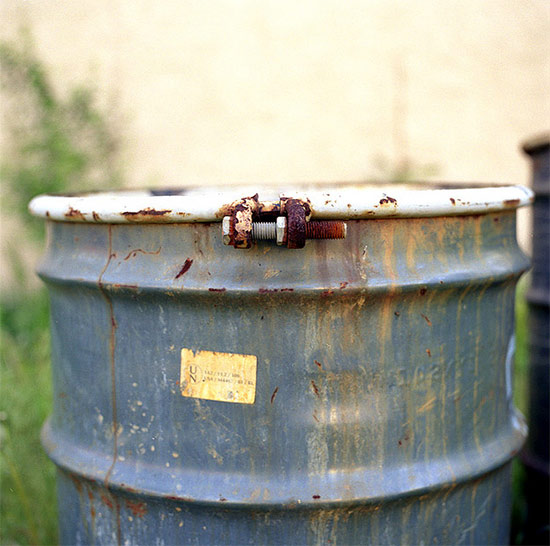Report recommends Virginia strengthen chemical contaminant regulations
A University of Richmond professor has pushed for expanded clean-up efforts.
A new report from the University of Richmond School of Law calls on Virginia to better protect its residents from chemical contaminants, millions of pounds of which are released into the environment each year by industries across the state.

Image courtesy gac/Flickr
The report, authored in part by Noah M. Sachs, director of the law school’s Center for Environmental Studies, examines the sources of chemical contaminants in Virginia and concludes that the Commonwealth should expand its existing toxic chemicals program, empower the Department of Environmental Quality (DEQ) to clean up more contaminated sites and enact legislation and permit conditions more stringent than federal standards.
According to the report, Virginia’s industries released almost 40 million pounds of toxic chemicals into the air, water and land in 2011. While this represents a drop in releases compared to 2010, the discharge of chemicals into rivers and streams remains significant and, in some cases, could impact in the Chesapeake Bay.
The report notes that more than 250 facilities are allowed to send toxic chemicals into Virginia waters, and the state’s tributaries rank the second worst in the nation as measured by the amount of contaminants discharged into them. While some of the worst-ranking tributaries—like the New and Roanoke Rivers or Sandy Bottom Branch—do not drain into the Bay, the James River ranks forty-fifth in the nation for total toxic discharges and ninth in the nation for the discharge of toxics that affect human development.
Contaminants on the state’s land have also had an effect on water: a number of the 31 sites listed as contaminated under the federal Superfund program involve contaminated drinking water, surface water and groundwater.
Virginia is not the sole watershed state that faces contaminated rivers and streams. According to 2012 assessments, 74 percent of the Bay’s tidal tributaries were partially or fully impaired by chemical contaminants.
In a January 2014 editorial published in the Richmond Times-Dispatch, Sachs recommended putting toxic chemical regulation “at the forefront of Virginia’s environmental agenda.” He wrote, “Our report recommends a comprehensive program to protect Virginians, beginning with strict permitting, increased inspections, new state authority to remediate contaminated sites and more funding and personnel.”

Comments
There are no comments.
Thank you!
Your comment has been received. Before it can be published, the comment will be reviewed by our team to ensure it adheres with our rules of engagement.
Back to recent stories